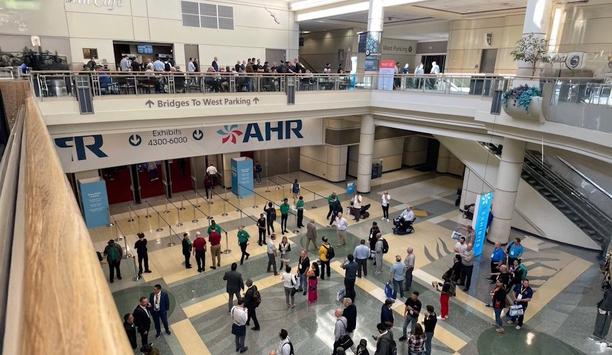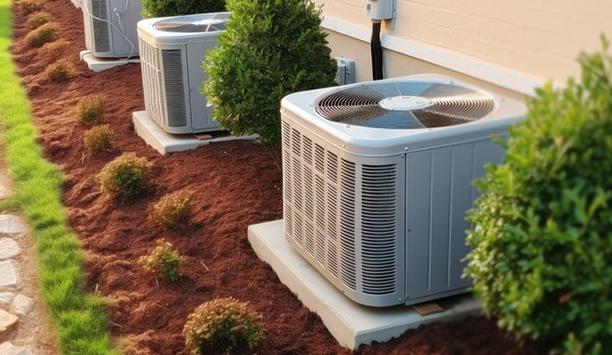The connectivity of the Internet of Things (IoT) provides new tools to monitor the well-being of an HVAC system, to provide instant alerts to any operational problems and even to predict when problems are likely to occur. Being alert to early warning signs of a problem enables deployment of less-expensive fixes before the problem escalates.
predictive analytics
Remote monitoring and predictive analytics of HVAC systems have been even more valuable during the time of the COVID-19 pandemic, when many buildings have been empty. Potential problems come to light faster and can be repaired less expensively, even if no one is on site to complain about an obvious failure. When buildings are occupied, the customer experience is even better and operational and maintenance costs are lower.
These capabilities can be integrated with other Building Management Systems (BMS) to provide a broad-based view of various operating systems throughout a facility. In addition to early warning of system failure, system monitoring can also provide new and smarter tools for keeping track of indoor air quality (IAQ) and to minimize energy consumption.
Artificial Intelligence (AI) in the Cloud
Predictive and preventive maintenance are key to ensuring that issues are addressed before they can do damage
Sensors and other devices deployed in today’s systems provide hundreds of new data points that are interpreted by Artificial Intelligence (AI) operating in the Cloud. The combination provides detailed and useful insights into how a system operates over time, thus maximizing operation and minimizing energy usage in ways that are more in tune with environmental needs than ever before.
Predictive and preventive maintenance are key to ensuring that issues are addressed before they can do serious damage, according to Johnson Controls (JCI). Smart data analysis enables more informed and smarter decisions, thus resulting in reduced maintenance costs, improved efficiency, and overall peace of mind, as per the company.
Connected Services
Johnson Controls (JCI) offers Connected Services to provide customers with constant equipment monitoring and data analysis, and uses the data proactively to identify faults before they occur and even predict future optimization opportunities and efficiencies. Integration of both equipment and software into a single system makes it more than a sum of its parts.
Johnson Controls lists some key benefits of implementing an integrated system:
- Identify energy savings opportunities. Regular reports on the operational performance provide insights on areas of improvement.
- Extend asset life. Identifying and managing required maintenance helps to extend equipment lifespan.
- Minimize repair costs. Faults mitigated at an early stage avoid major failures.
- Reduced emissions. Operational performance reporting enables chillers to operate in the most efficient range.
Monitoring system performance
Emerson’s Sensi Predict line goes to the root of HVAC systems to monitor performance, identify issues and alert contractors and home owners to the efficiency, energy usage and overall performance of HVAC units. An internal Emerson study reviewed the most common HVAC failures and determined that installing the technology could detect up to 80% of failures in these areas, before a home owner suffers system outage.
Real-time and connected systems use a variety of sensors that constantly monitor the functioning of an HVAC system. Connectivity puts more information than ever at the fingertips of HVAC professionals, making them more responsive than ever to customer needs.






































